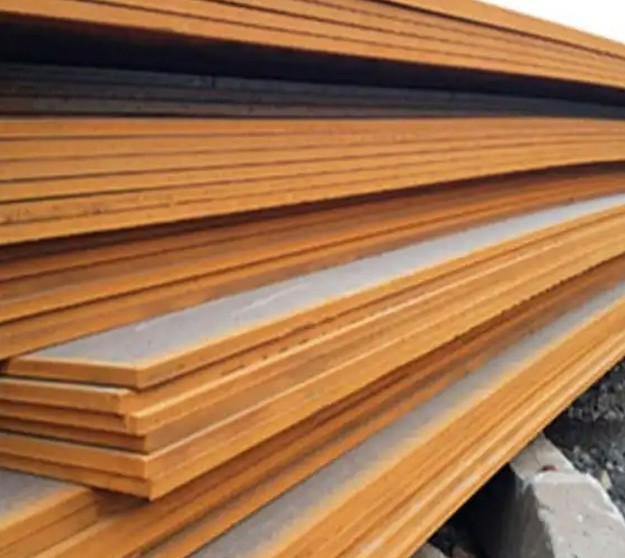




The effect of welding thermal process on the electrochemical corrosion of Q315NS in H2SO4 and HCl solution were investigated. Different weld thermal cycles with different peak temperatures were used in a Gleeble thermal-force simulation testing machine to simulate weld HAZ, and electrochemical measurements were carried out. The results demonstrate that a microstructure of granular bainite was generated in CGHAZ while others consisted of ferrite and pearlite.
The effect of welding thermal process on the electrochemical corrosion of Q315NS in H2SO4 and HCl solution were investigated. Different weld thermal cycles with different peak temperatures were used in a Gleeble thermal-force simulation testing machine to simulate weld HAZ, and electrochemical measurements were carried out. The results demonstrate that a microstructure of granular bainite was generated in CGHAZ while others consisted of ferrite and pearlite. The electrochemical corrosion of different HAZ was different in H2SO4 and HCl, due to different microstructure. The BM and HAZs in 50 wt. % H2SO4 solution has a certain passivation behavior, while there was no passivation behavior in 3.5 wt. % HCl solution. The corrosion resistances in HAZs are inferior to that in BM. In addition, the corrosion resistance in the CGHAZ is the weakest
Thickness: 3mm--150mm
Width: 30mm--4000mm
Length: 1000mm--12000mm
Standard: ASTM EN10025 JIS GB
|
Yield |
Tensile |
Impact |
Elongation |
Reduction in cross section on fracture |
As-Heat-Treated Condition |
Brinell hardness (HBW) |
|
623 (≥) |
999 (≥) |
14 |
24 |
31 |
Solution and Aging, Annealing, Ausaging, Q+T,etc |
131 |
|
Temperature |
Modulus of elasticity |
Mean coefficient of thermal expansion 10-6/(°C) between 20(°C) and |
Thermal conductivity |
Specific thermal capacity |
Specific electrical resistivity |
Density |
|
33 |
- |
- |
|
|
0.22 |
- |
|
327 |
578 |
- |
22.3 |
214 |
|
- |
|
512 |
- |
33 |
42.2 |
|
|
211 |